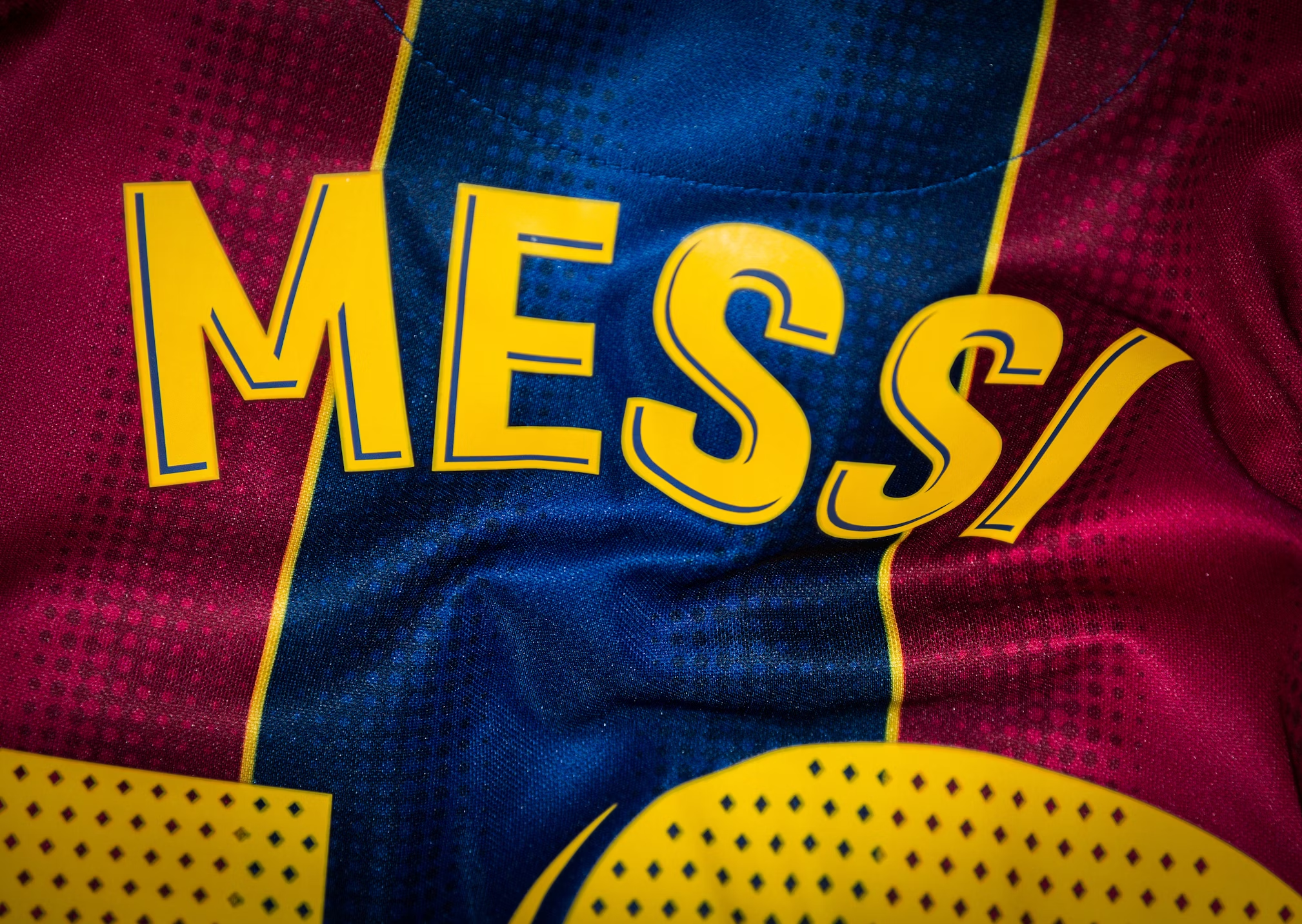The Evolution of Boxing: From Gladiators to Global Icons
Boxing, often hailed as the “sweet science,” has a rich history that stretches back thousands of years. From ancient civilizations to the modern era, the sport has evolved significantly, reflecting broader social and cultural changes. In this blog post, we’ll take a closer look at the evolution of boxing, exploring its origins, key developments, and what the future holds for this beloved sport.

The Origins: Ancient Roots and Early Forms
Boxing’s origins can be traced back to ancient civilizations. The earliest evidence of boxing comes from Mesopotamia, around 3000 BCE, where images of fighters were etched into stone. Ancient Greeks also practiced a form of boxing, known as “pugilism,” which was included in the ancient Olympic Games starting in 688 BCE. These early contests were often brutal, with fighters using only their fists, and matches could continue until one participant was incapacitated or surrendered.
The Birth of Modern Boxing
The sport began to take its modern shape in the 17th and 18th centuries in England. The introduction of the “Marquess of Queensberry Rules” in 1867 marked a pivotal moment in boxing history. These rules standardized the use of gloves, introduced three-minute rounds, and mandated a ten-count knockout rule, laying the groundwork for the sport as we know it today.
During this period, boxing became more organized and popular, leading to the creation of various weight classes and the establishment of numerous championship titles. This era saw the rise of legendary figures such as Jack Johnson, the first African American heavyweight champion, who broke racial barriers and became a symbol of perseverance and skill.

The Golden Age: Legends and Iconic Matches
The early-to-mid 20th century is often considered the “Golden Age” of boxing. This era was defined by larger-than-life figures and legendary bouts. The 1930s and 1940s saw the dominance of heavyweight champions like Joe Louis and Sugar Ray Robinson, whose skills and charisma transcended the sport and captivated audiences worldwide.
One of the most iconic matches in boxing history occurred in 1964 when a young Cassius Clay, later known as Muhammad Ali, defeated Sonny Liston to become the heavyweight champion. Ali’s prowess in the ring, combined with his outspoken personality and social activism, revolutionized the sport and made him a global icon. His fights against Joe Frazier and George Foreman are etched in boxing lore as some of the greatest matches ever.
The Modern Era: Globalization and Technological Advancements
The late 20th and early 21st centuries have seen boxing become a truly global sport. Advances in technology, such as pay-per-view broadcasting and digital media, have made it easier for fans around the world to follow and engage with the sport. The rise of international stars like Manny Pacquiao and Canelo Álvarez has further globalized boxing, bringing it into new markets and broadening its appeal.
The sport has also seen increased regulation and professionalization, with organizations like the World Boxing Association (WBA) and the International Boxing Federation (IBF) overseeing the sport and ensuring fair competition. The use of advanced training techniques and sports science has elevated fighters’ performance and safety.
Challenges and the Future
Despite its many advancements, boxing faces challenges in the modern era. The sport has struggled with issues such as match-fixing, doping scandals, and concerns about the health risks associated with head injuries. However, ongoing reforms and increased awareness are helping to address these concerns and ensure the sport’s continued growth and integrity.
Looking ahead, boxing is likely to continue evolving with the rise of new technologies and changing fan preferences. Innovations such as virtual reality training and enhanced performance analytics are set to further transform the sport. Additionally, the increasing popularity of mixed martial arts (MMA) presents both competition and opportunities for boxing to adapt and thrive.
Conclusion
Boxing has come a long way from its ancient roots to become a global spectacle of skill, strategy, and endurance. Its evolution reflects broader changes in society and continues to capture the imagination of fans worldwide. As the sport moves forward, it will undoubtedly face new challenges but will also continue to inspire and entertain, preserving its place as one of the most compelling and storied sports in history.
Whether you’re a die-hard fan or a newcomer to the sport, there’s no denying that boxing’s rich history and dynamic present make it a fascinating subject for anyone interested in the intersection of athleticism, culture, and human spirit.










